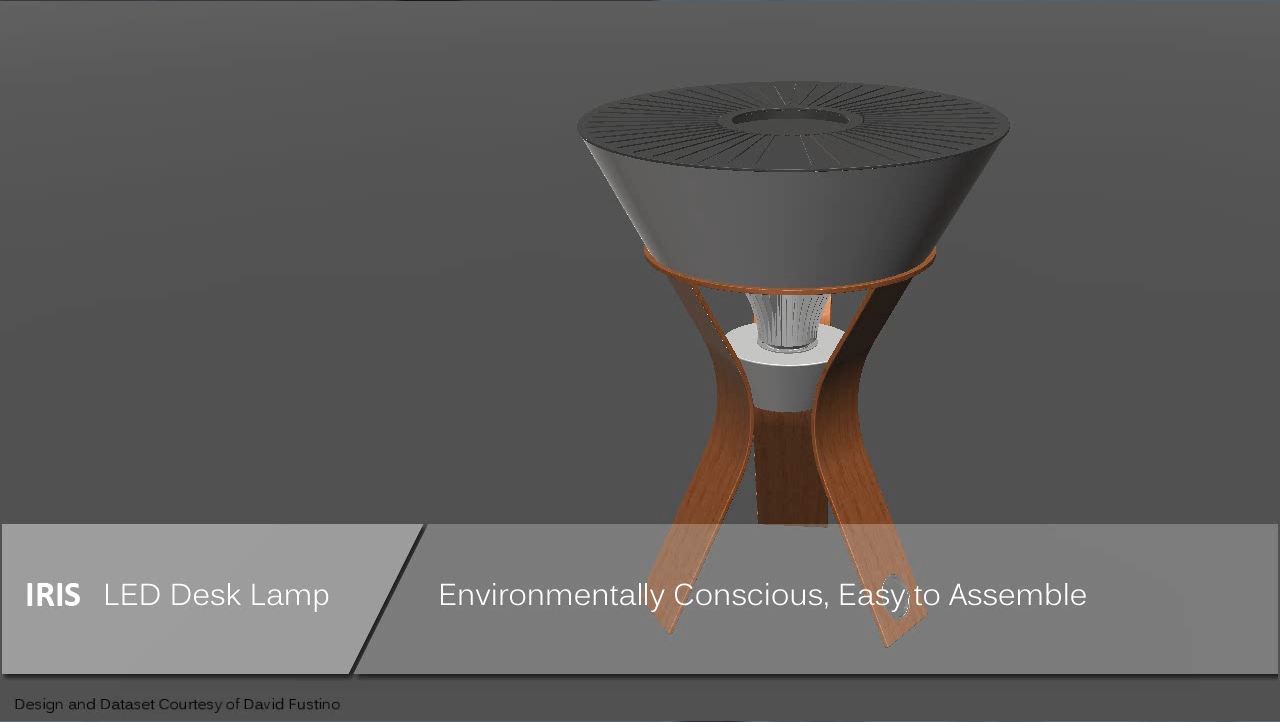You are here
Designing for disassembly has several benefits. It can make it easier for your product to be repaired or upgraded, thereby prolonging its useful life. It can also help ensure your product is recycled and enable whole components to be reused. In fact, the degree to which your product can be disassembled easily often determines how the product will end its life.
Designing for disassembly involves some straightforward tactics. For example:
- The fewer parts you use, the fewer parts there are to take apart.
- As with parts, the fewer fasteners you use, the better.
- Common and similar fasteners that require only a few standard tools will help to simplify and speed disassembly.
- Screws are faster to unfasten than nuts and bolts.
- Glues should be avoided.
- Building disassembly instructions into the product will help users understand how to take it apart.
For a more complete list of strategies, see the quick reference guide on the Improving Product Lifetime page.
To help ensure your product is recycled responsibly, you should design it so that an e-waste recycler can easily process its parts. The recycler should be able to remove the valuable metals and plastics without letting any toxins escape, and extract components that shouldn’t be shredded.
Using the same line of thinking, you can also design your products so that whole components can be reused rather than just materials. This is known as remanufacturing.
Autodesk software can help you create service documentation to visualize and communicate how designs are assembled and disassembled.
| Attachment | Size |
|---|---|
| 452.63 KB | |
| 7.06 MB | |
| 76.48 MB |
Links and References
- Active Disassembly Research, January 2005
- Materials and design strategies to enable quicker, easier, and automatic disassembly.



